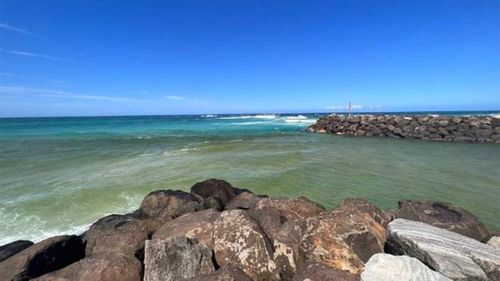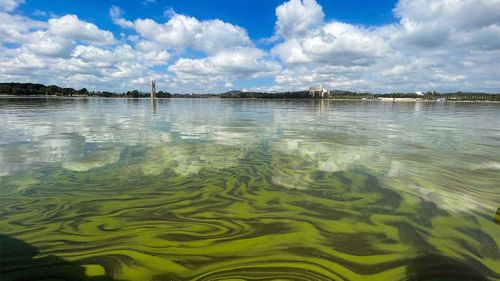Health authorities warning over blue-green algae

Health authorities are warning that the warm weather of summer could lead to the rise of toxic algae in waterways and coastal areas.
Blue-green algae, or trichodesmium, has been identified near the river mouth of Cudgen Creek, on the far north coast of New South Wales. The creek empties into the ocean between two popular beaches in Kingscliff, between Tweed Heads and Byron Bay.
People are being told to avoid swimming in the algae.

Blue-green algae is a cyanobacteria common around the Australian coast. It thrives in warmer conditions.
Tweed Council’s environmental health manager Marcela Lopez said people should avoid swimming and surfing anywhere near an algal bloom.
“It is often mistaken for oil or slimy effluent slicks on beaches and in rivers where it has been blown on-shore by winds and tide,” she said.
“While Trichodesmium is a blue-green algae, it can come in a lot of other interesting colours including orange, grey, brown, green and purple.

“It decays quickly, usually turning greenish and then pink-red as it dies. It smells bad, like rotting plant matter or chlorine gas, with some people describing it as a ‘fishy’ smell.”
Algal blooms can occur anywhere along the coast and are usually seen after rainfall events in estuaries and river mouths.
While direct exposure is unlikely to cause serious health problems for humans, Lopez said people should rinse it off with soap as soon as possible if they are exposed to it.
The greater risk is eating fish or shellfish exposed to blue-green algae.
The algae releases a toxin which is then ingested by animals, especially oysters.
If eaten, such seafood could cause serious food poisoning.




